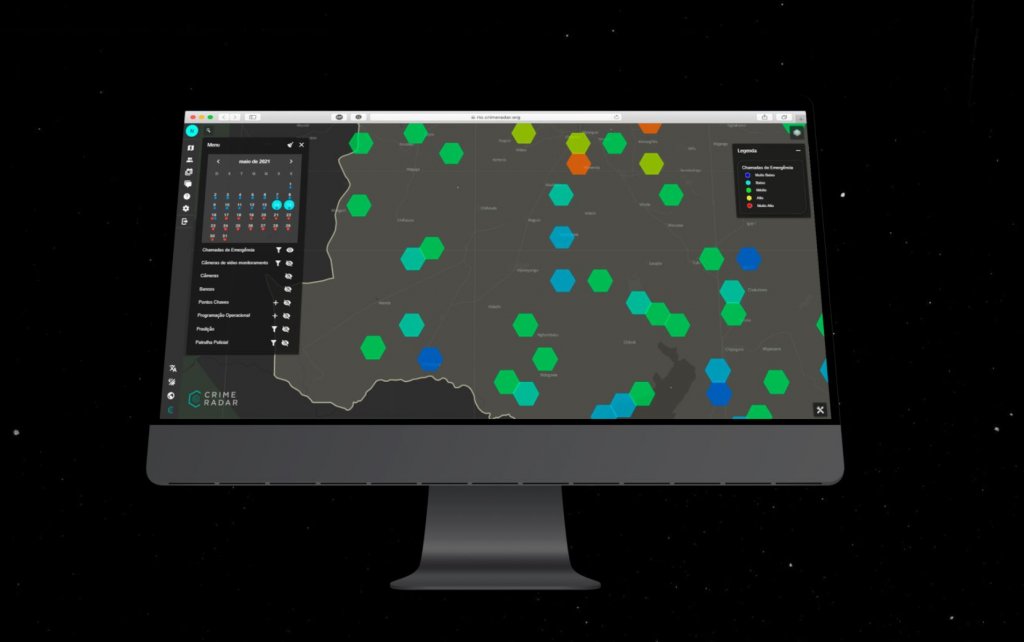Security Dialogue recently published a special issue, edited by Frank I. Muller and Matthew A. Richmond, which explores how technologies condition the way that security is enacted and experienced.

We argue that as well as human actors, such as police, militaries, private security companies or criminal groups, objects and technologies also shape everyday experiences of, and political debates around, security. While it is often assumed that state security forces are responsible for guaranteeing citizens’ personal safety and the integrity of their property, we show that technologies themselves heavily shape and often constrain these capacities.
We refer to this mutual relationship between technologies and politics as technopolitics. As we discuss in detail, technopolitics refers to the intentional design and use of technologies to enact political goals – in this case security goals. However, we note that such attempts often produce effects that are not intended by their designers. Technologies may fail, work in unexpected ways, or be reappropriated by other actors pursuing different political goals. As such, they may alter logics of political contestation, creating both challenges and opportunities for different human actors. We note that an important tendency is for security technologies to be increasingly future-oriented, attempting to predict and shape the behavior of different actors, including police and citizens.
One current example is the use of crowdsourced big data in the policing of cities. In Rio de Janeiro, for instance, a publicly accessible website called CrimeRadar was tested, inviting citizens to report on incidents of criminal behavior that they witnessed in their local neighborhoods or elsewhere in the city. CrimeRadar would gather and map these security incidents in order to visualize “the safety levels in specific locations and times.” It thereby promised to make “crime data more accessible and transparent” so as to “improve security for citizens.” In this way, the website/technology was to use reports to predict future crimes and make urban residents and visitors aware of places that may be dangerous at certain times of the day.

CrimeRadar is a telling case of security technopolitics. Having received critical comments on social media, the project was put on standby, pushing the developers to revise the “intentional or unintentional achievements” of the use of this technology. Reflecting on the technology’s embeddedness in local politics and conflicts, and its potential misuse by conservative demands for tough-on-crime policing approaches, the developers set out to further study the social impact of big data based crime prediction technologies. In this direction, a technopolitical analysis conceives such platforms as private initiatives that present themselves as a corrective to the perceived inability or unwillingness of state actors to reduce crime rates. They present users with information about crimes that have not yet occurred. Like a weather forecast, such platforms, and the maps they produce, tell users where and when to expect criminal behavior so they can adjust their own behavior accordingly. The average user does not know how such data has been produced and processed. Although relying on reporting by citizens, which may be subject to error and misuse, the publicly accessible maps give an impression of authority and objectivity. Furthermore, the website tends to reproduce the unintended outcome of shaping public attitudes towards specific places – contributing to what has been described as stigmatization of those places and those who live there. The special issue explores diverse other examples of technopolitical security interventions and their intended and unintended outcomes in the cities of Rio de Janeiro, Kingston, Guatemala City and São Paulo. Collectively the issue furthers the material turn in critical security studies and identifies some of its key analytical implications. In doing so, it traces the complex, contingent and ambivalent interactions between technologies and politics in the production of security. Finally, it sheds new light on the way sovereignty is performed and contested, locating this in quotidian interactions between people and people and things.